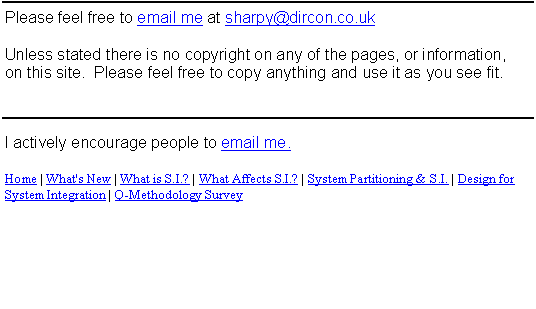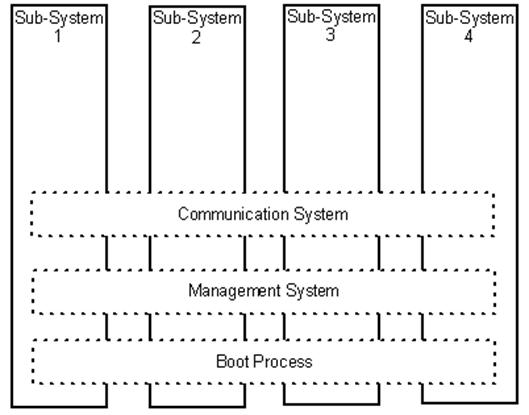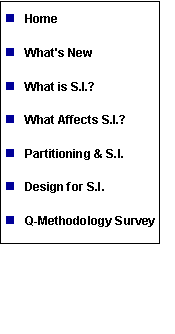
|
System Integration |
|
Dedicated to the dissemination of System Integration information |

|
Horizontal Partitioning |
|
One way of partitioning a system, at design time, is to split it up horizontally (as oppose to vertically), or, put another way, split it up into layers.
Physically a system is made up of sub-systems, these sub-systems are physical entities.
When you bring a series of physical sub-systems together they will have requirements in common, the basics, e.g. they will all need a boot process, a management system, a communication system, etc.
To save time you could think of all the sub-systems as one, you could then have software that thought of the sub-systems as one. You would have one boot process, one communication system, one management system etc; the different physical entities would be, in a manner, one software system.
If the different sub-systems were physically the same, e.g. the same physical design, you could design one set of software and load it onto each sub-system, this would save time. |


|
With horizontal partitioning thought is given to the whole at design time. It could be that one process is designed that connects all the sub-units and treats them as one or the same software is loaded onto each sub-system.
The horizontal division of a system leads to ‘layers’.
|

|
|